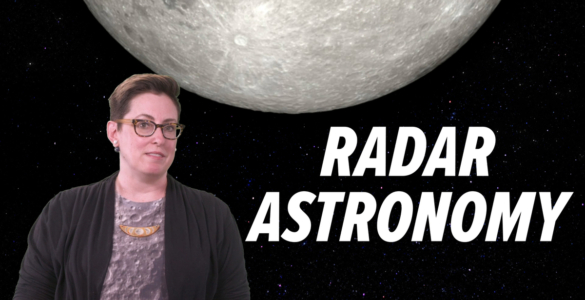Latest NRAO News
News is managed by NRAO News & Public Information. Questions about News? Have a story to share? Want to interview a scientist or create new media about our telescopes?

Scientists using the Atacama Large Millimeter/submillimeter Array (ALMA)— in which the National Radio Astronomy Observatory (NRAO) is a partner— to study planet formation have made the first-ever detection of gas in a circumplanetary disk. What’s more, the detection also suggests the presence of a very young exoplanet.

Scientists using the Atacama Large Millimeter/submillimeter Array (ALMA)— an international observatory co-operated by the US National Science Foundation’s National Radio Astronomy Observatory (NRAO)— have for the first time recorded millimeter-wavelength light from a fiery explosion caused by the merger of a neutron star with another star. The team also confirmed this flash of light to be one of the most energetic short-duration gamma-ray bursts ever observed, leaving behind one of the most luminous afterglows on record.

Following a generous grant from Amateur Radio Digital Communications (ARDC), the National Radio Astronomy Observatory (NRAO) will soon launch a two-year project to engage BIPOC and LGBTQIA+ students in learning about the electromagnetic spectrum and the excitement of amateur— also called ham— radio.

A team of engineers testing the design efficiency of reflectors for the National Radio Astronomy Observatory’s upcoming next generation Very Large Array (ngVLA) has received the Institute of Electrical and Electronics Engineers (IEEE) Harold A. Wheeler Applications Prize Paper Award.

Radio astronomers usually learn about the universe by passively observing the sky. But sometimes radio astronomy can be a bit more active. Join our host Summer Ash of the National Radio Astronomy Observatory as she talks about how astronomers can use radar to understand our astronomical neighbors in new and interesting ways.

Six outstanding high school seniors were awarded the 2021 AUI Scholarship. Among the recipients were five children of NRAO staff members.





